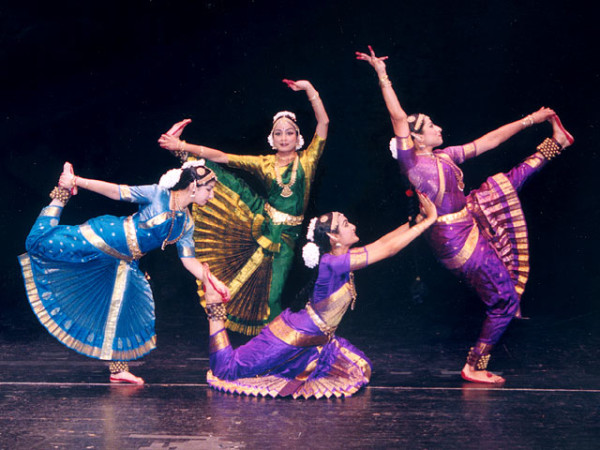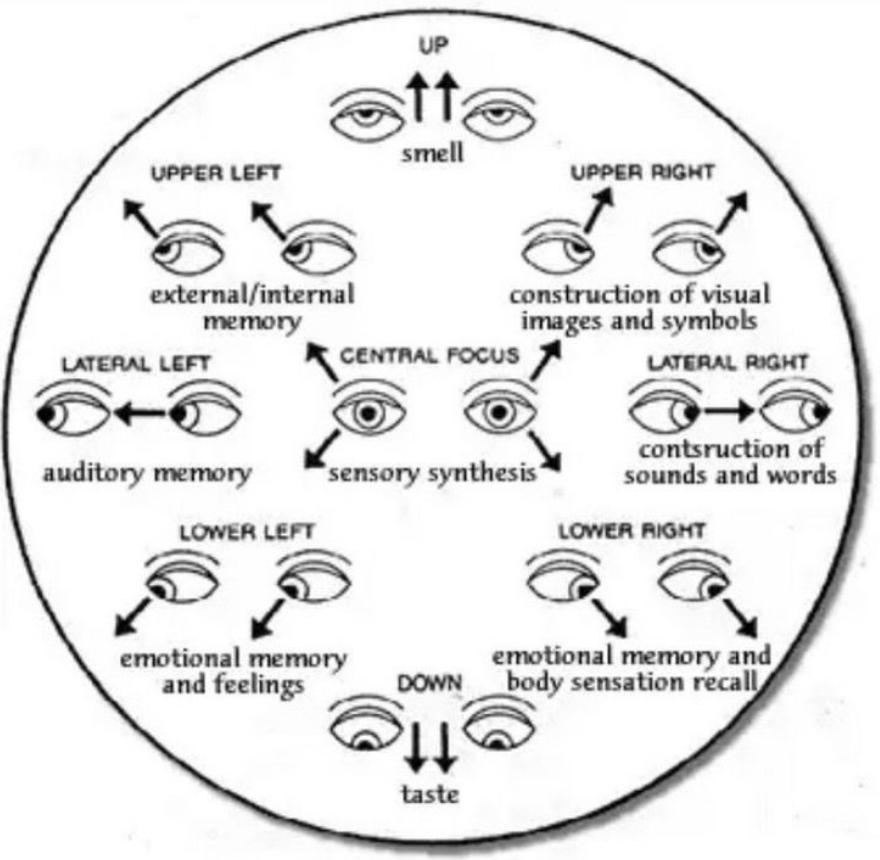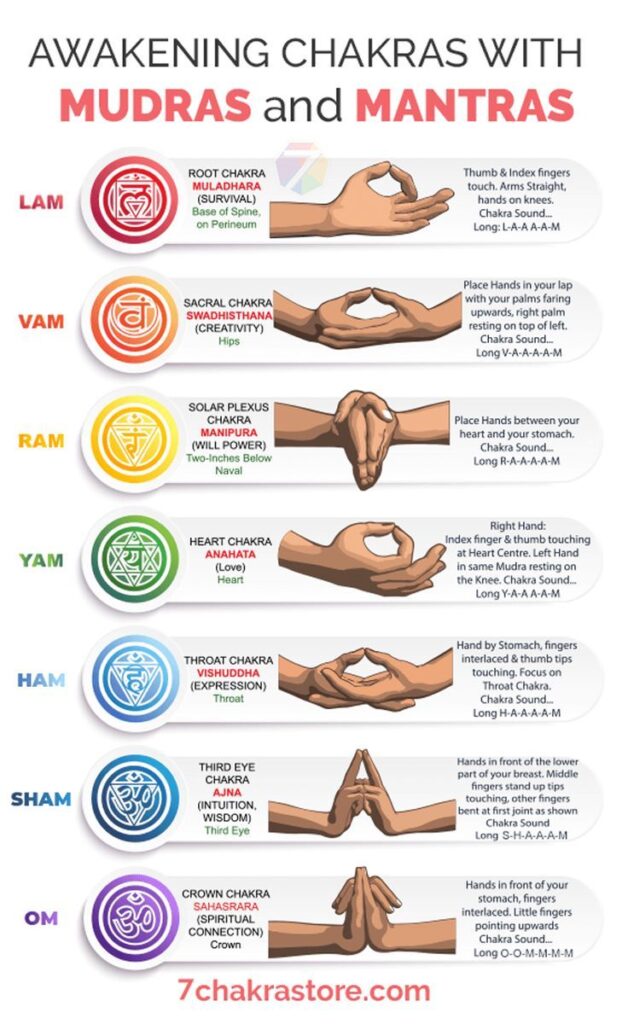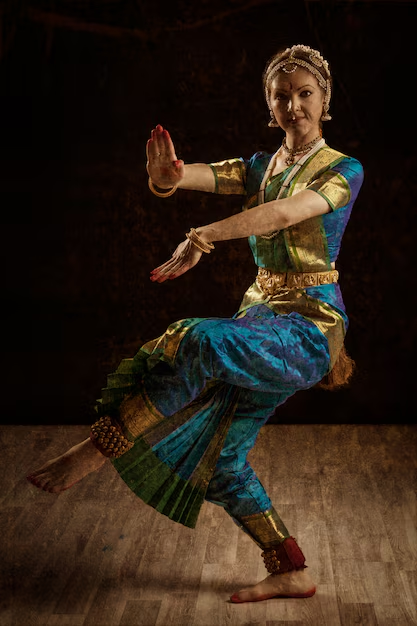Bharatanatyam, one of the oldest and most revered classical dance forms of India, has transcended its origins as a temple dance to become a powerful cultural and societal tool in today’s world. Rooted in storytelling, spirituality, and tradition, Bharatanatyam has evolved to address contemporary issues, bridge cultural divides, and inspire communities globally. Its influence extends far beyond the stage, shaping individuals and society in profound ways.
Here’s a look at the far-reaching impact of Bharatanatyam on society today:
1. Preserving Cultural Heritage
In a world where globalization often overshadows traditional practices, Bharatanatyam plays a vital role in preserving India’s rich cultural heritage. Every performance is a tribute to the country’s history, mythology, and spirituality. By passing down this art form from generation to generation, Bharatanatyam ensures that cultural narratives remain alive and relevant.
Dance schools and institutions worldwide are teaching Bharatanatyam not only to Indian communities but also to diverse audiences, showcasing the universality of its themes. This has made Bharatanatyam a cultural ambassador, promoting Indian heritage on the global stage.
2. Empowering Women
Historically, Bharatanatyam was predominantly performed by women in temples as an offering to the divine. Today, the art form continues to empower women, providing them with a platform for self-expression, confidence-building, and reclaiming their identity. The rigorous training in Bharatanatyam instills discipline, strength, and grace, helping women feel more empowered in various aspects of life.
Moreover, the themes of Bharatanatyam often highlight powerful female deities and characters from Indian mythology, inspiring dancers and audiences alike to celebrate the strength and resilience of women.
3. Fostering Mental and Emotional Well-Being
The meditative and expressive aspects of Bharatanatyam make it an excellent tool for mental and emotional well-being. The intricate footwork, synchronized hand gestures (mudras), and facial expressions require intense focus, helping dancers develop mindfulness and clarity.
Bharatanatyam is also a form of emotional release. Dancers channel a range of emotions—from joy and devotion to anger and sorrow—during their performances, which can be cathartic for both the performer and the audience. In this way, Bharatanatyam contributes to mental health by promoting self-awareness and emotional balance.
4. Addressing Contemporary Social Issues
While Bharatanatyam is rooted in ancient traditions, it has evolved to reflect the challenges and realities of modern society. Today, dancers use this art form as a medium to address pressing social issues such as gender equality, climate change, mental health, and more.
For example, performances on environmental themes may depict the destruction of nature and call for sustainable practices. Similarly, stories of marginalized communities can be expressed through Bharatanatyam, raising awareness and sparking conversations about inclusion and equality.
By blending traditional techniques with modern themes, Bharatanatyam becomes a powerful tool for social change.
5. Uniting Communities
Bharatanatyam has the unique ability to bring people together, transcending barriers of language, geography, and religion. Whether performed at cultural festivals, community gatherings, or international stages, Bharatanatyam fosters a sense of unity and shared identity.
In multicultural societies, Bharatanatyam serves as a bridge between generations and cultures. It allows younger generations to reconnect with their roots while giving non-Indian audiences a glimpse into the richness of Indian traditions.
6. Promoting Physical Fitness
Bharatanatyam is an excellent full-body workout that improves flexibility, strength, and stamina. The dance’s intricate footwork and coordinated movements engage various muscle groups, making it a highly effective form of exercise.
The physical demands of Bharatanatyam also promote better posture, balance, and endurance. As a result, many young people and fitness enthusiasts are turning to Bharatanatyam not just as an art form but also as a way to stay healthy and active.
7. Inspiring Creativity and Innovation
Bharatanatyam is inherently a creative process, allowing dancers to interpret traditional compositions in unique ways. Today, dancers are experimenting with fusion styles, blending Bharatanatyam with contemporary dance forms, music, and even technology to create innovative performances.
This blend of tradition and innovation ensures that Bharatanatyam remains relevant to modern audiences while inspiring creativity among artists. These experiments open up new possibilities for the art form, making it more accessible and engaging to diverse audiences.
8. Building Confidence in Youth
For children and young adults, learning Bharatanatyam instills confidence, discipline, and a sense of achievement. The process of mastering intricate movements and performing in front of an audience helps students overcome stage fright and develop self-assurance.
Moreover, Bharatanatyam training fosters a sense of cultural pride and identity, particularly for those living away from their native culture. This can be especially empowering for young learners, as they find their voice and place in the world through the art form.
9. Providing Spiritual Connection
Bharatanatyam, with its origins as a devotional art, continues to provide a spiritual connection to dancers and audiences. The stories and movements often center around divine themes, creating an atmosphere of devotion and introspection.
This spiritual dimension of Bharatanatyam fosters a sense of inner peace and connection to something greater, making it a powerful tool for personal growth and fulfillment.
Conclusion
Bharatanatyam is more than just a dance form; it is a living tradition that continues to adapt and thrive in today’s society. From preserving cultural heritage to addressing modern social issues, Bharatanatyam has a profound impact on individuals and communities worldwide.
As dancers use this ancient art to inspire, educate, and unite, Bharatanatyam remains a timeless expression of humanity’s connection to culture, spirituality, and the world around us. Its ability to blend tradition with innovation ensures that it will continue to shape and enrich society for generations to come.






